How To Use Concrete Saw Cut Concrete [Hand Held & Walk Behind]
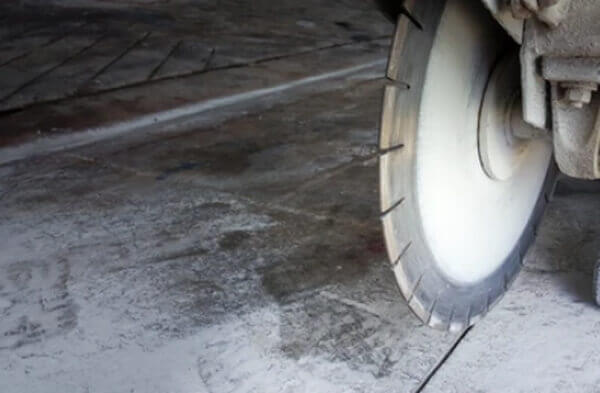
A concrete saw can be either a small handheld or a large walk-behind. In comparison to a walk-behind saw, the formal saw is lightweight and easy to move. The main purpose of these machines is to facilitate wall openings, along with minor surface jobs, such as curbing holes for putting posts in a slab.
The walk-behind saw is operated while standing behind it. Due to the increased horsepower and its ability to increase power while cutting, these are faster cutting devices. By holding this heavy saw down, you can get a better and sharper cut. The wheels and guide indicator make it very easy to cut a straight line over a defined crayon line. Unlike stationary saw, walk-behind saws have blades mounted on one side so that cuts can be made closer to the wall.
Contents
How To Hand Held Concrete Saw (Circular Saw & Chain Saw)
Following basic steps should be followed to cutting any type of material with hand held saw:
- Draw a line on the cutting surface and measure.
- Ensure the material is firmly clamped to a desk.
- Choose a blade that matches the material.
- Reduce the blade depth by 1/4 inch.
- Verify the bevel angle.
- Connect the saw’s cord or battery to a power source.
- Place the saw shoe near the cutting line and on the edge of the material.
- Raising the blade guard will do the trick.
- By pushing the lock switch and pulling the trigger, you can get the saw up to full speed as long as the blade is not touching the workpiece.
- Keeping the trigger engaged, keep the shoe firmly on the surface and ease the saw forward to the cutting line.
- When cutting along the cutting line, keep the shoe flat as you guide the saw
- by pushing with a lot of force.
- As soon as the cut is complete, release the trigger to stop the blade, then lift the saw and place it on the workbench.
How To Cut Concrete By Hand Held Concrete Saw
- Provide a safe and well ventilated work area.
- Make sure you are protected.
- The blade should be set to the required depth of cut according to the manufacturer’s instructions.
- By applying masking tape to the underside of the saw, you can reduce the risk of scratching the concrete.
- Mark out your cutting area with the chalk using the 2 x 4 as a straightedge.
- Start the saw, the water supply, and the vacuum machine (if applicable).
- There are typically two handles on concrete circular saws. One is on the front, and the other is on the back. Use your less dominant hand for the foremost handle, and your dominant hand for the aft grip.
- Decide on your initial concrete address. Make a few small passes away from your body if you are starting on an edge, such as when resizing bricks or slabs.
- Steer the blade with the front handle, and push with the rear handle. As low an rpm as possible should be used to cut the masonry.
- Work with horizontal concrete – such as pavements and flooring – without pushing downward. Rather, allow the machine’s weight to do the work. Pressure is naturally required if you are working vertically on walls.
- Watch for excessive accumulations of debris and water on longer projects. Once the area has been cleaned, recommence the project.
How To Use Walk Behind Concrete Saw
Following are some basic operating steps for walk behind concrete saw:
- Blade covers should be removed
- The arbor cap should also be removed
- The blade should be inserted into the arbor shaft
- Place the blade nut and the blade cover back on the blade
- Check the blade or arbor for undercutting, flatness, core fatigue, and segment damage before installing the blade.
- Make sure the hose to the water tank is connected securely.
- Adjust the belt if it is not tight enough
- Lubricate the shaft’s bearings if they are seized up
- Fire up the engine
- Open the water valve to apply a wet cut
- Slowly adjust the blade to the ground. The device will start to move forward as the blade is adjusted.
- The cutting depth must be maximized by using step cuts.
- Once the saw is running on your cutting line, guide it slowly with the cutting guide.
- The maximum cut depth of can be up to 4.5 to 5.5 inches
- Make sure there are no children or animals around before starting a concrete saw.
- Protect your ears, eyes, and face with a face shield and hearing protection.
- To prevent entanglement of blades, wear clothing that fits well and durable boots.
- Be sure the blade arrow points in the correct direction when installing the blade.
- Wet blades should be used for wet cutting and dry blades for dry cutting. If you are cutting materials, you should use the correct blade rated for the material. The wrong blade can cause serious injury or death to the operator.
- Avoid twisting or changing directions when cutting. Cut smoothly to avoid breaking the blade.
- If you have already used a blade, do not re-use it. Dispose of each blade properly after use.
- When cutting concrete, you should familiarize yourself with the material, as dust and debris can get airborne. Depending on how volatile these materials are, they might cause cancer, birth defects, or reproductive diseases. It is therefore important to use protective equipment.
How To Cut Concrete By Walk Behind Concrete Saw
- It is important to know how deep you need to cut the concrete when cutting it. This generally does not require cutting through the concrete completely. On a 4″ slab, the saw cuts are typically only 2″ deep if you are removing existing cured concrete.
- Consequently, the visible surface of the joint becomes smooth as the cement has been sufficiently weakened. You will be able to break the rest of the block off with an air hammer or electric breaker. As a bonus, this rougher edge will allow you to bind the new slab to the old slab in case you replace the removed concrete later on. Frost heaves will leave a lip where the two slabs meet when you replace the removed concrete.
- The density of concrete changes as a result of the temperature. Once that happens, concrete cracks because it is not very flexible. Because of this, control joints are cut every 10′ or so on the slab so that there is a weak spot for cracks to grow.
- Normally a 4″ slab is cut at a depth of 1″ since a rule of thumb is to cut 1/5th of its thickness. Cracks will occur right below the control joint when a slab wants to crack. However, they are hard to see.
Conclusions
Concrete saws are power tools used to cut concrete, tiles, asphalt, and other solid materials. Also called consaws or road saws. The diamond tipped blades of a concrete saw are designed to easily cut through hard materials. These saws are stronger than traditional models. Construction industry workers rely on concrete saws every day. Concrete and other masonry can be cut with precision and safety using this machine. Construction or remodeling work often requires its use.
Concrete saws can be divided into two types based on how they are handled. Concrete saws for small hands are lightweight, small, and easy to use. They can also be held with just one hand. In addition, they are portable and easy to handle. The only downside is that they are slow and don’t have powerful engines.
Unlike other saws, the Bigger, Walk-Behind Concrete Saw has a different handling. Concrete saws that walk behind can be heavier and larger. Handheld concrete saws are easier to move. You hold them from behind when you operate them. Their high horsepower makes them extremely powerful when cutting concrete.
In this article, we have covered both types and explained how to use them and operate them safely for cutting concrete. These pieces of equipment can easily rip off your fingers so safety is of utmost importance.
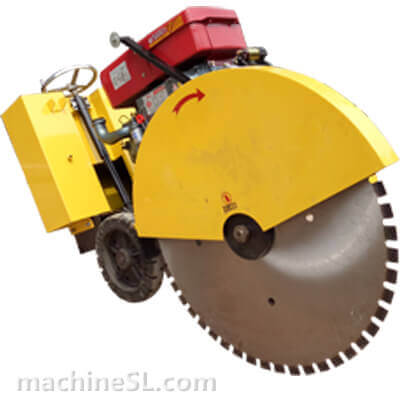
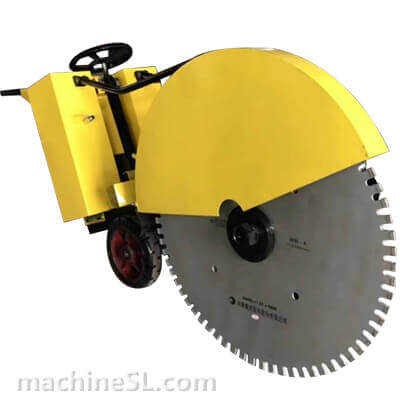
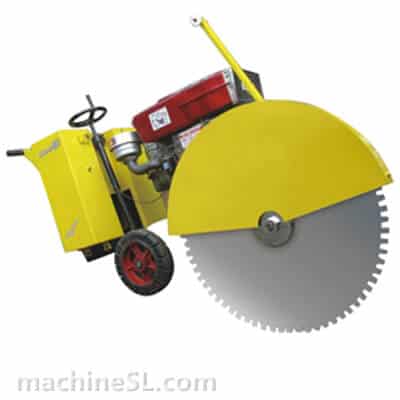
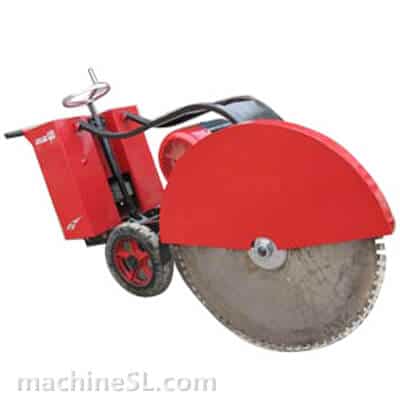
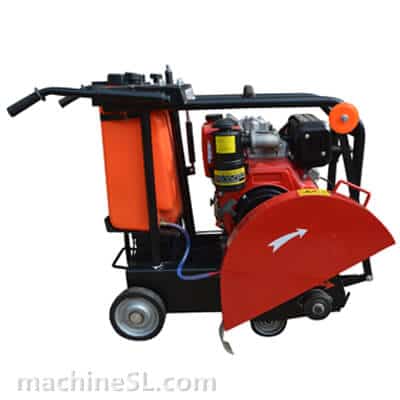
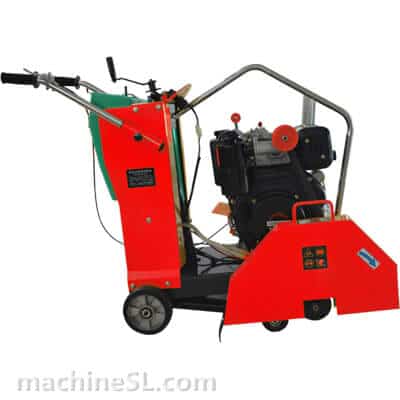
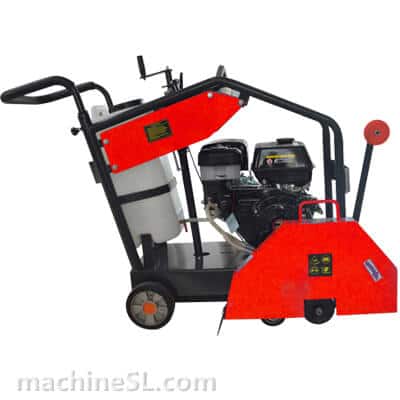
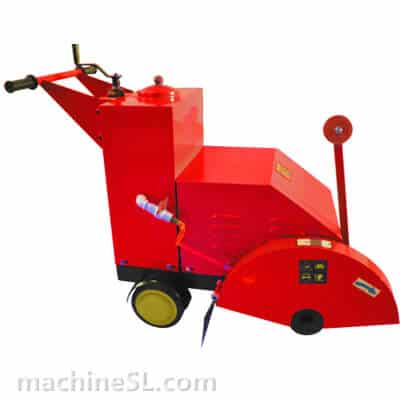
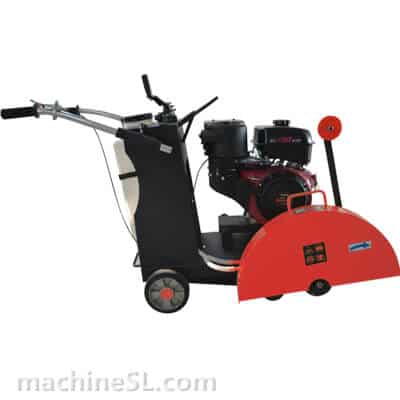
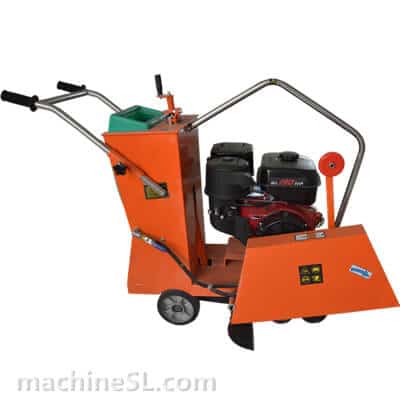
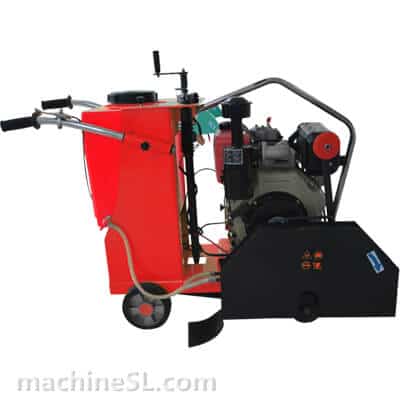
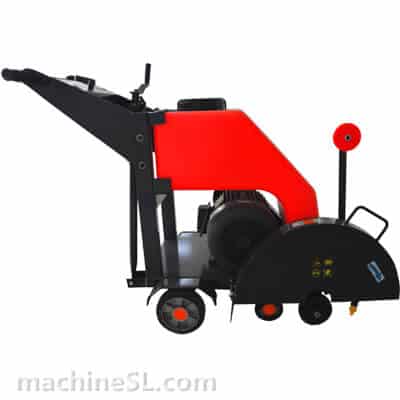
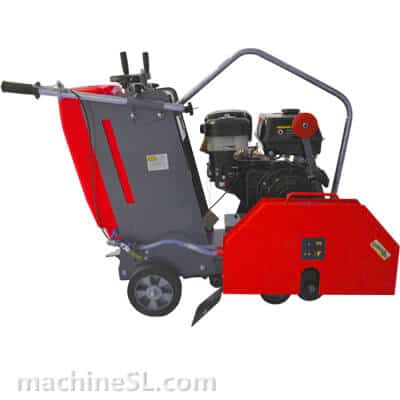
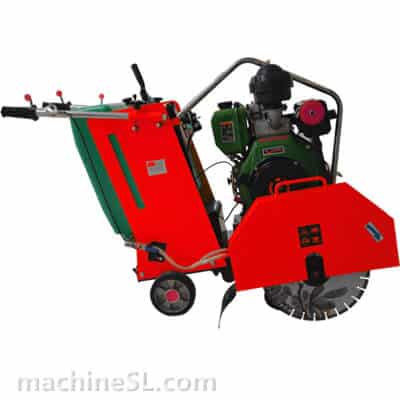
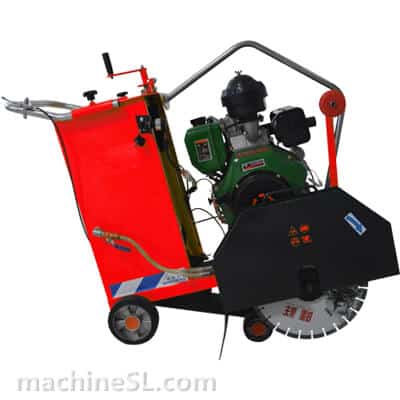
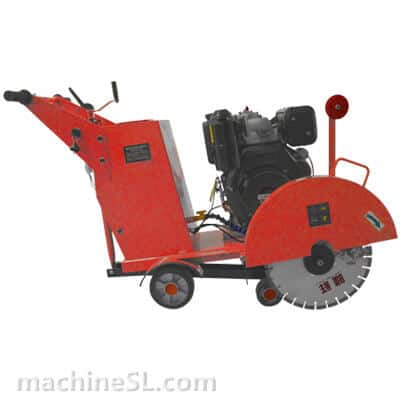
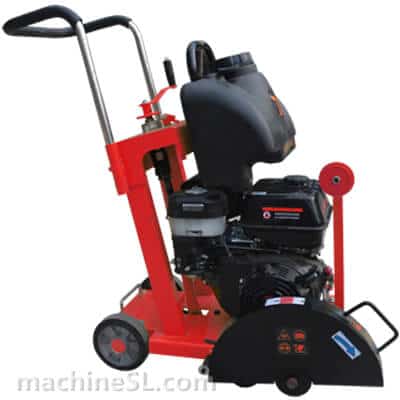
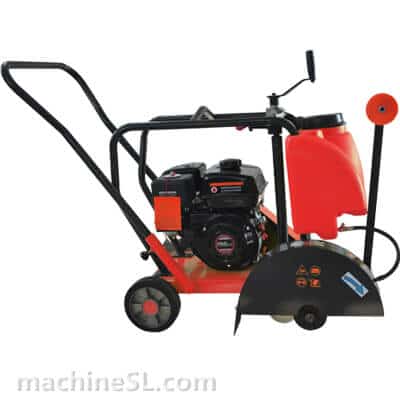
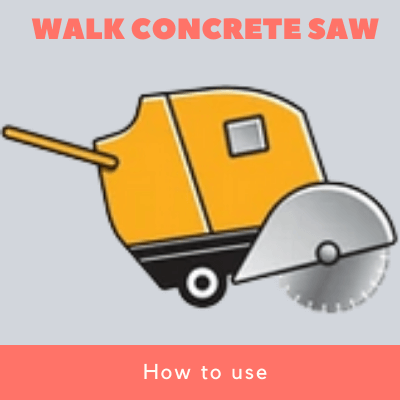
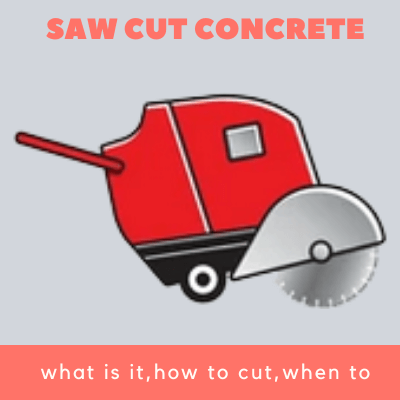
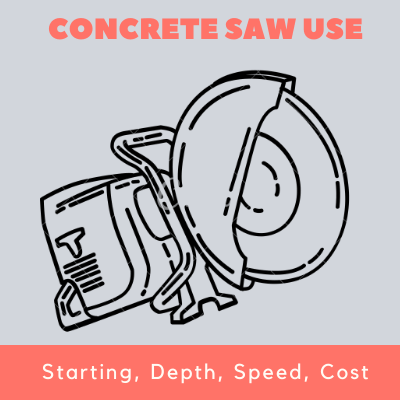
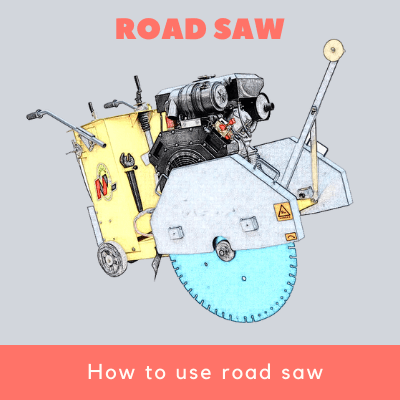

It was interesting to me when you explained that concrete saws have diamond-tipped blades that are created to cut through hard materials. As far as I know, diamond is so strong that it can cut through just about any rock or metal material. I would think that these saw blades would need to spin very quickly in order to create precise cuts with the diamond tips.
thanks